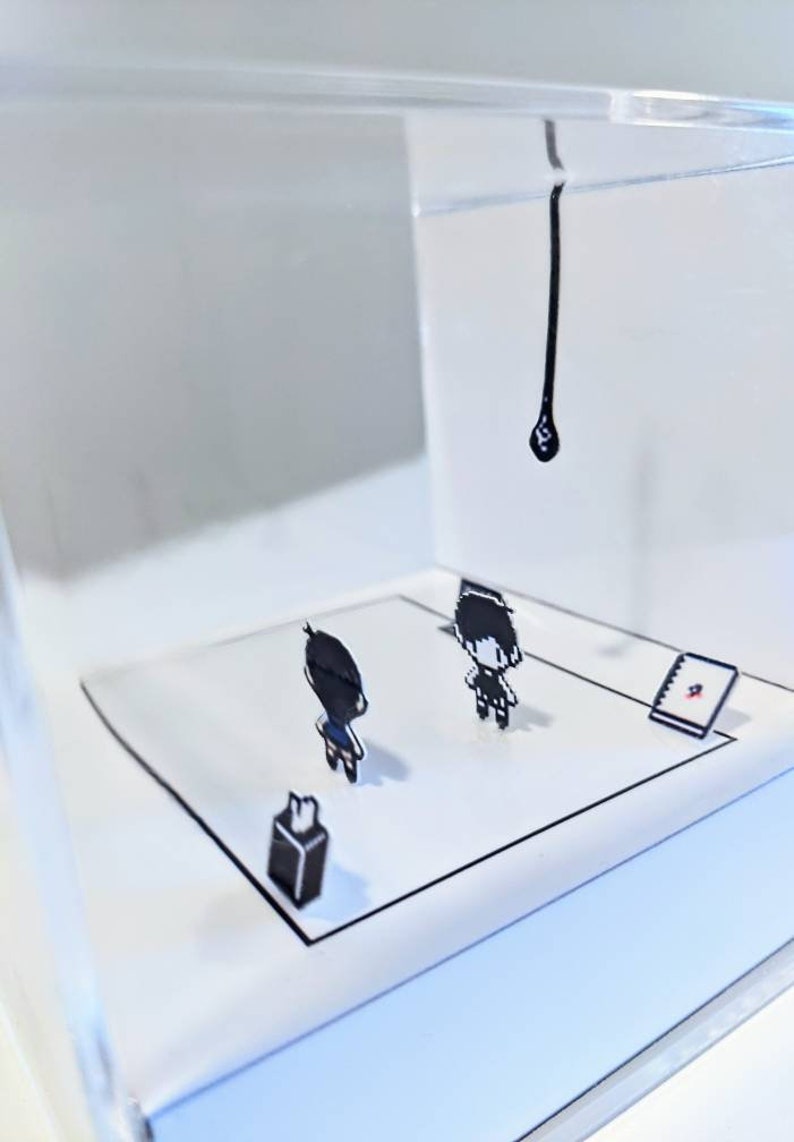

Playing through these situations is an excellent example of overcoming anxiety and phobias. In Faraway Town, he’s faced with a number of petrifying situations based on his fears and must take deep breaths and persist throughout these encounters if he wants to overcome them. However, to advance through the dream world and find Basil, Sunny must overcome his fears while in the real world. His fear of heights prevents him from climbing up a tall ladder his fear of the ocean prevents him from swimming his fear of spiders prevents him from trekking through a foggy forest. From the beginning of the game, it’s apparent that he is impeded by some form of anxiety.

These phobias really come into play when looking at Sunny. Hero, for example, deals with arachnophobia and becomes afraid when battling foes that bear any sort of resemblance to spiders. OMORI’s use of emotions is an excellent vehicle for character development. During battles, each character in the central friend group has an emotion, with the main emotions being different degrees of happy, angry or sad. The game deviates, however, in its addition of an emotion system. This becomes even clearer as the game weaves in and out between the dream world and the real world, a suburb called Faraway Town where his real name is revealed to be Sunny, over the span of a few in-game days leading up to a move away from home.Īs Sunny and his team of friends encounter the game’s different areas, both in the real world and in the dream world, in traditional turn-based RPG style, they have to fight a variety of foes to advance. Between its quirky enemies, dreamy soundscapes and bright colors, it’s apparent that this world isn’t real - it’s a dream. As he traverses through this world in search of Basil, he comes across countless landmarks - a paleontology dig, an underwater highway and the castle of the self-obsessed Sweetheart, to name a few. Upon leaving White Space for the first time, Omori enters Headspace, a dreamlike, pastel landscape. Why? It’s unclear to both Omori and the player until the very end. It seems that Omori is desperately attempting to distance himself from the harshness of reality. It’s clear from the very beginning that Omori is depressed - White Space is a room solely created as a form of escapism from the real world. Beneath its layers, however, lies an incredible psychological horror RPG - and an even more fleshed-out depiction of mental illness.Īs the game begins, the player is introduced to White Space, a blank room where Omori has “been living here for as long as you can remember.” White Space has no walls, ceiling only a pitch black lightbulb, a door, and the bare essentials for a depressive episode: a laptop that displays unsettlingly repetitive digital journal entries, a sketchbook with disconcerting drawings, a box of tissues for “wiping your sorrows away,” and a cat. On its surface, it seems like a wholesome pixel game that takes just enough inspiration from 2010s Tumblr pastel aesthetics. The game mainly follows Omori, a young shut-in, and his three friends, Aubrey, Kel and Hero, on their journey to find their friend Basil. Over six years after its vibrant, chaotic trailer took hold of people’s hearts, OMORI was released on Dec. He stares blankly as confetti surrounds him after defeating a foe. He lingers alone in the background of group photos. The game’s titular protagonist, Omori, appears in grayscale hues that contrast against his vibrant, blue-haired friends.

Content notification on discussions of depression, anxiety and self-harm.įrom the moment I opened OMORI, I knew something wasn’t right.


 0 kommentar(er)
0 kommentar(er)
